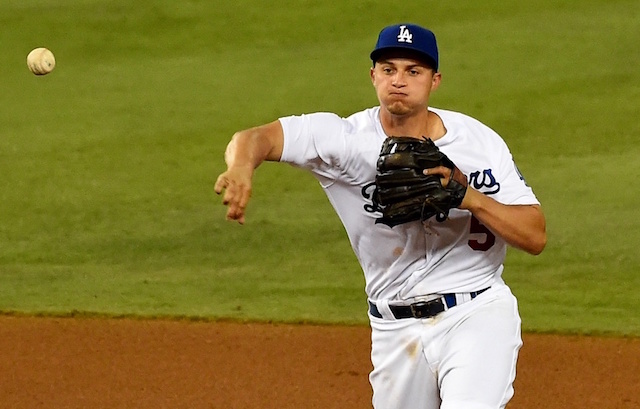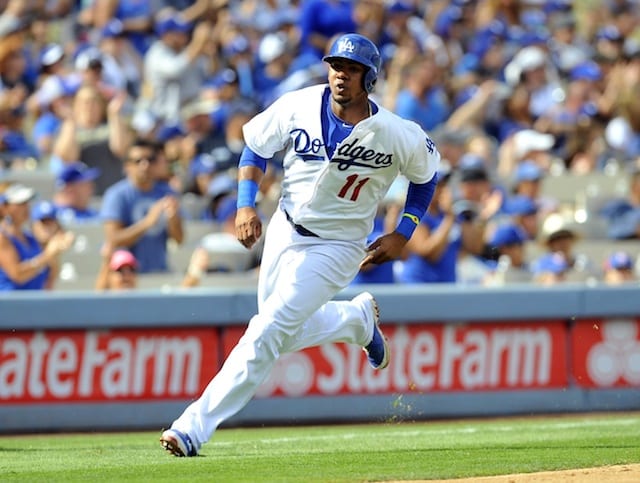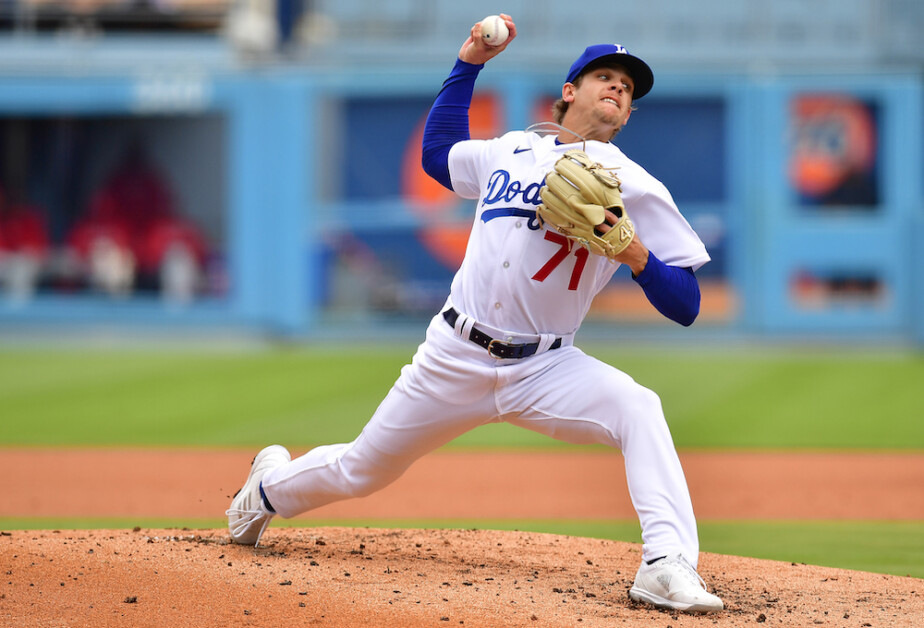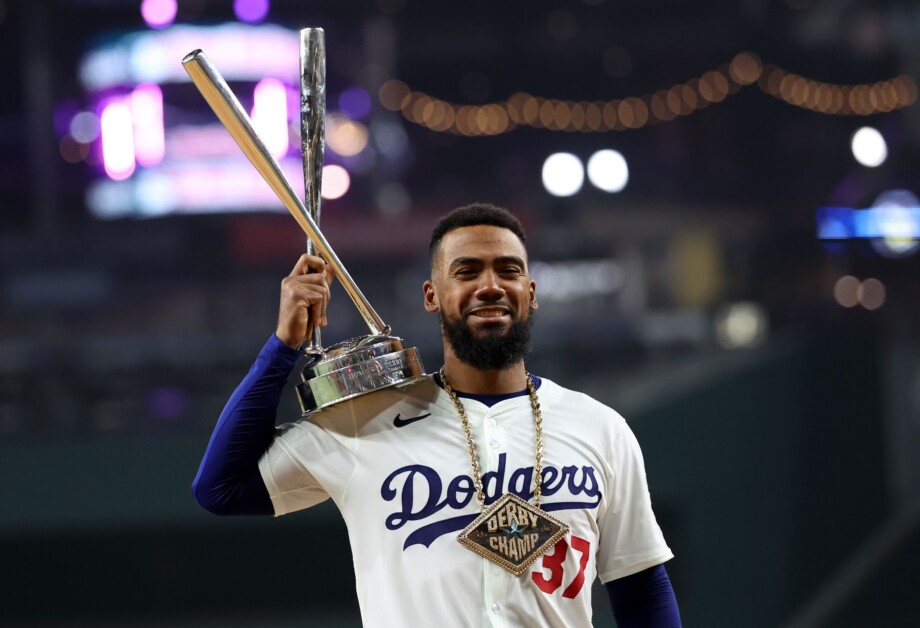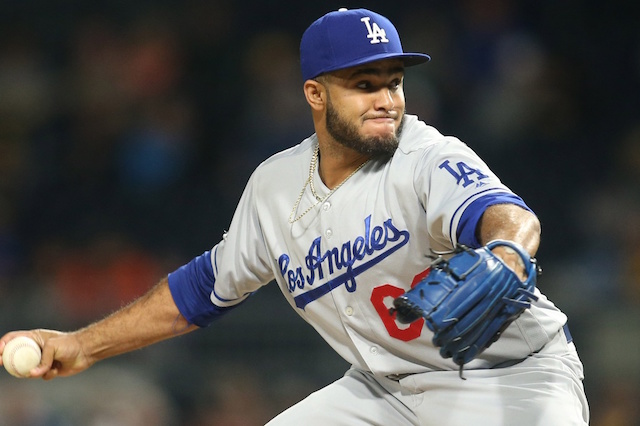When the Los Angeles Dodgers selected Corey Seager with the 18th overall pick in the 2012 Draft, there was little doubt that he would become a successful player for many years to come.
After tearing the cover off the ball in the Minor Leagues in various levels for three seasons, Seager was promoted to Majors as a September call-up in 2015, and hasn’t looked back since. In 113 plate appearances, he hit .337/.425/.561 (176 wRC+) and forced his way into the starting lineup, overtaking veteran Jimmy Rollins as the Dodgers’ starting shortstop.
It didn’t take long for Seager to make some history, either. He reached base safely in his first 16 games, which set a new Dodgers record, surpassing three-time All-Star and two-time World Series champion Bill Russell.
Then, at 21 years old, Seager became the youngest player in franchise history to start a postseason game. He entered the 2016 season rated as baseball’s top prospect and the consensus pick for National League Rookie of the Year.
Fast forward to September and not only has that consensus proven to be true, but Seager’s quick transition to superstardom also has him in the conversation for NL Most Valuable Player with the likes of Kris Bryant and Anthony Rizzo of the Chicago Cubs and Daniel Murphy of the Washington Nationals.
With a little less than one month remaining in the regular season, Seager has posted a slash line of .318/.378/.536 with 66 extra-base hits, including 24 home runs, a .386 wOBA and 147 wRC+ over 592 plate appearances.
Behind a strong first half, including June where he was named NL Rookie of the Month, Seager was selected to his first All-Star team and also took part in the Home Run Derby.
Entering Saturday, Seager ranks second in the NL in WAR (7.2), hits (171) and doubles (39). Only two players currently own a higher WAR: Mike Trout of the Los Angeles Angels of Anaheim (8.3) and Bryant (7.8).
Seager recently set another Dodgers record when he homered for the 23rd time this year, exceeding Glenn Wright for most round-trippers by a shortstops in a single season.
Additionally, with 39 doubles the young shortstop has already shattered Eric Karros’ record (30) for most two-baggers in a season by Dodgers rookies in franchise history.
On Thursday, Seager appeared in his 162nd Major League game, giving him exactly one full season of big league action. While that may be difficult to believe, his career statistics are even be more stunning.
At that stage, over 705 plate appearances, he was batting .321/.386/.540 with 204 hits, 47 doubles, 28 home runs and 54 walks (five intentional). While his elite offensive skills are hardly surprising, Seager’s ability to consistently make plays at shortstop come as a pleasant surprise.
Many scouts expected him to eventually transition to third base due to a large frame. Seager admitted in July that doubt has only added to his drive to succeed as a shortstop.
Dating back to his debut last September, Seager accumulated 8.3 WAR through a full season’s worth of games, ranking third in that span behind Trout and Bryant. This is largely in part because of his quality base running and above-average defense, in addition to his offensive production.
Along with WAR, Seager’s 150 wRC+ ranks eighth in the Majors over the last 12 months, ahead of notable sluggers such as Edwin Encarnacion of the Toronto Blue Jays, Paul Goldschmidt of the Arizona Diamondbacks and Yoenis Cespedes of the New York Mets.
Seager’s .319 batting average is seventh among qualified players and his .390 wOBA is tied for 11th-best during over the past 162 games, excluding Friday.
With Clayton Kershaw headlining the starting rotation and Kenley Jansen supporting the back-end of the bullpen, the Dodgers now boast another superstar in Seager, who should anchor the infield and middle of the order for the foreseeable future.
As the postseason approaches, everything is starting to click for Los Angeles and if all goes well, Seager’s historic rookie year will at minimum concluded with some hardware.



